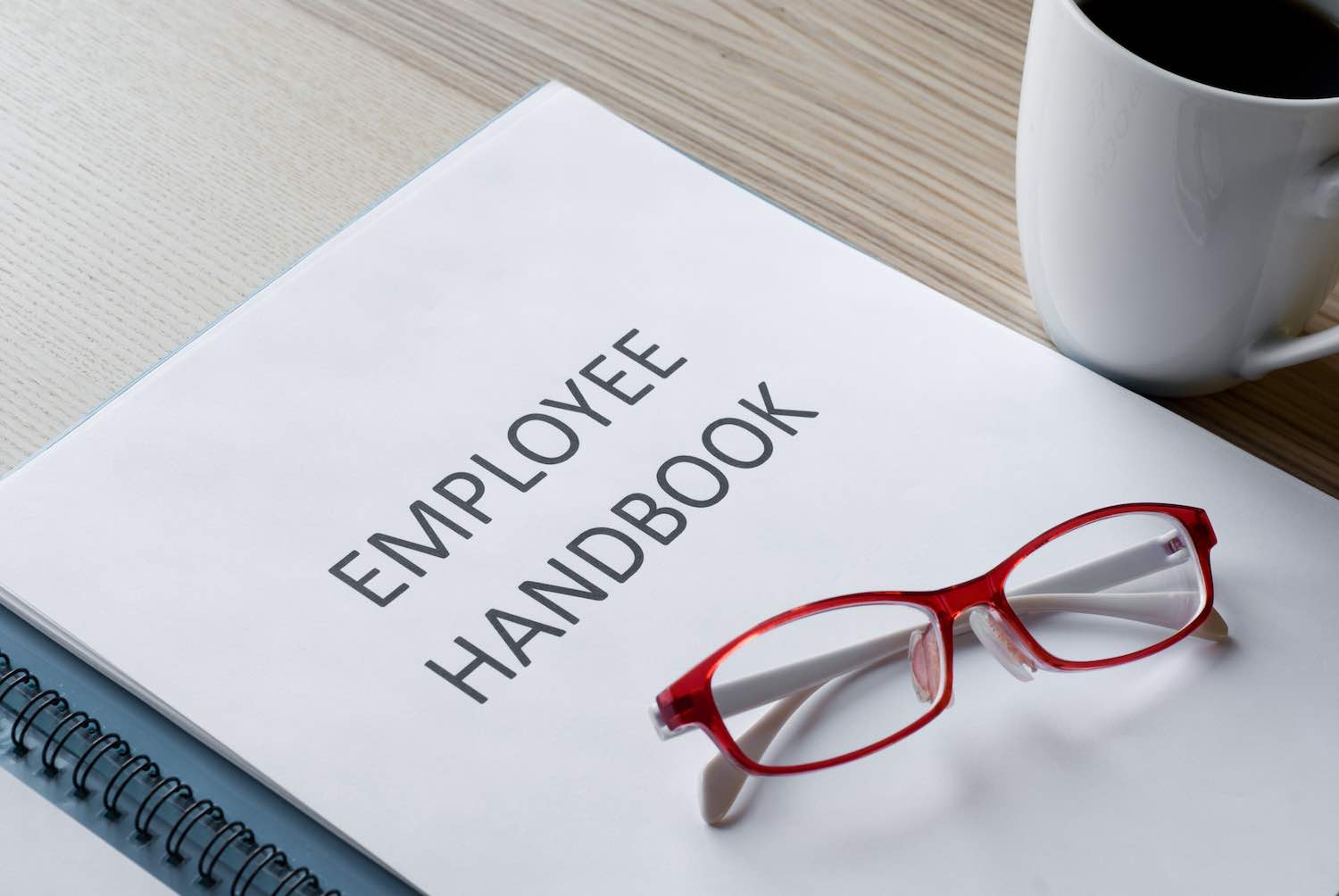If your business is on the path to hiring or already has a team in place, creating an employee handbook is a must. Not only does it ensure that your workforce is well-versed in your company policies, but it protects your business from conflicts and loss in the future.
Through the handbook, you get to introduce your team to the company's values and culture, offering a clear understanding of expectations on both ends—what you anticipate from them and what they can anticipate from you. Each company’s handbook needs to be different depending on the size, structure, and nature of the business, but every handbook should achieve these three things:
1. Set Expectations, Cultivate Understanding
In any workplace, an employee handbook should nurture the company’s healthy growth. It's not just about laying down rules; it's a means of transparently setting expectations. By clearly defining roles, responsibilities, and the values you hold as a business and as a person, you cultivate a mutual understanding between you and your team. This shared vision becomes the backbone of a positive work culture, where everyone is aligned, motivated, and contributing to the company’s success.
No one likes to feel like they’re in the dark, so this transparency will also give employees a greater sense of trust in the company and help them feel more included in the overall discussion of employee policies. This transparency will also help employees feel more comfortable approaching you with questions, concerns, or feedback on policies and how they affect their personal needs, which is essential to maintaining a peaceful and happy workforce.
2. Avoid Disputes
Picture your workplace as a thriving garden – now, imagine disputes as stubborn weeds threatening to overshadow the vibrant blooms. An employee handbook serves as your trusted gardener, equipped with tools to prevent those weeds from taking root. By clearly outlining policies, procedures, and the code of conduct, you proactively address potential areas of conflict or confusion.
This preventive measure not only fosters a harmonious work environment but also minimizes the risk of disputes sprouting up unexpectedly. When the rules of the company are laid out clearly and ahead of time, there is little excuse for misunderstandings or exceptions, which makes it easy to resolve most issues quickly and impartially.
3. Protection from Lawsuits
In the event an employee dispute does escalate or a disgruntled former employee claims their termination was unlawful, having a comprehensive employee handbook can be your company’s saving grace.
By clearly communicating policies related to employment, corrective actions, discrimination, harassment, and other critical areas, (and documenting your adherence to these policies) you establish a solid legal foundation that is hard to dispute. This not only safeguards your business from potential lawsuits over employment matters, it also assures your employees that their rights and well-being are prioritized – a fact that will deter them from filing lawsuits against your company in the first place.
Ensuring Smooth Employment Practices
Just like a garden needs careful tending to blossom, your workplace thrives when nurtured with care and guidance. An employee handbook isn't just a set of rules; it's a pact, a shared commitment to growth and success. If you're ready to cultivate a workplace where expectations are clear, disputes are rare, and your business is shielded from legal storms, reach out to us to create or update your employee handbook.
Let's sow the seeds of success together and watch your workplace garden bloom with productivity, harmony, and shared achievements.
As your dedicated HR partner, we're here to assist you in crafting an Employee Handbook that reflects your company's values and aspirations. Schedule a consultation with us and let's embark on this journey of nurturing a workplace culture that thrives. Your success is our shared harvest!
This article is a service of a Personal Family Lawyer®. We offer a complete spectrum of legal services for businesses and can help you make the wisest choices with your business throughout life and in the event of your death. We also offer a LIFT Business Breakthrough Session™, which includes a review of all the legal, financial, and tax systems you need for your business. Call us today to schedule.
The content is sourced from Personal Family Lawyer® for use by Personal Family Lawyer® firms, a source believed to be providing accurate information. This material was created for educational and informational purposes only and is not intended as ERISA, tax, legal, or investment advice. If you are seeking legal advice specific to your needs, such advice services must be obtained on your own separate from this educational material.
We offer a complete spectrum of legal services for business owners and can help you make the wisest choices on how to deal with your business throughout life and in the event of your death. We also offer you a LIFT Your Life And Business Planning Session, which includes a review of all the legal, insurance, financial, and tax systems you need for your business. Schedule online today.



